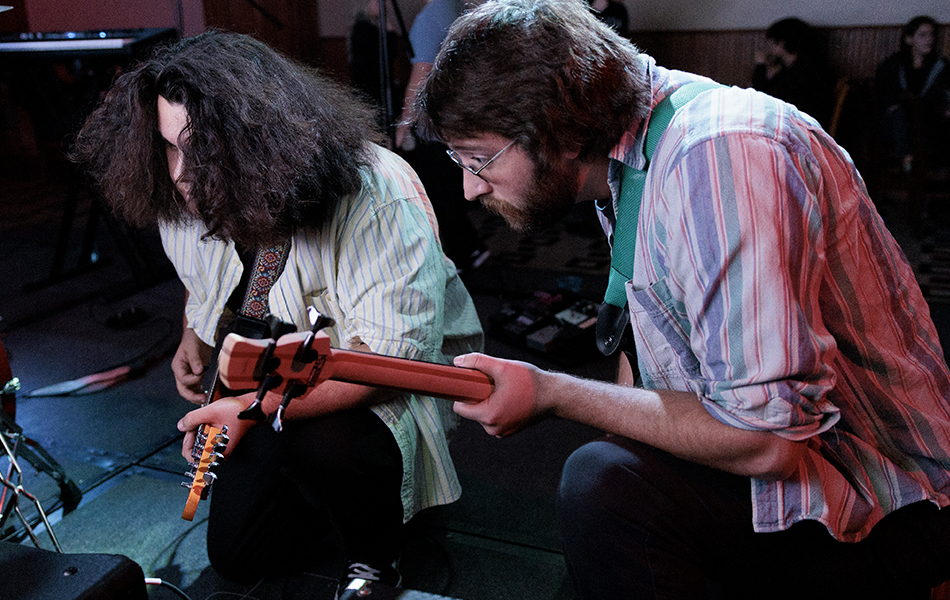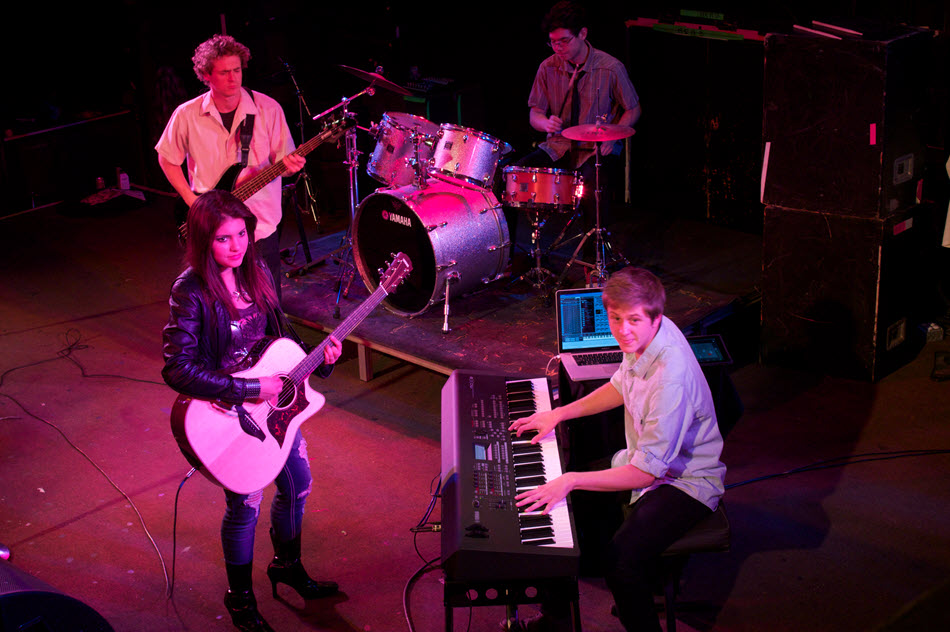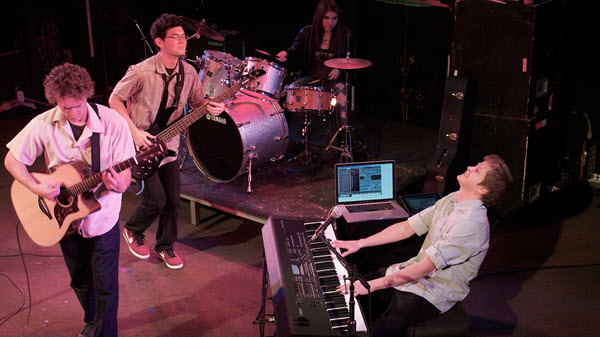Tagged Under:
The Role of Remote Control
Using mobile devices for wireless control in live sound.
One of the problems with mixing live sound is that you can’t always put the Front of House console in the best mix position. Yikes! It’d be nice to have an area smack in the middle of every club where you could set it up, but that isn’t always possible. Sometimes there isn’t enough room, or a club owner might not want to give up space where patrons can be seated.
Of course, if you’re playing in the band that you’re mixing, you need to keep the console on stage with you. Actually, when you think about it, there are a lot of good reasons to have it there. The stage is where the instruments and microphones are located, so why go through the hassle of running cables out into the house? This way, you can keep the cables short (which is always a good thing) and avoid the need for an expensive (and heavy) snake. Also, it’s easier to hook up your stage monitors because all of the connections are nearby, where they need to be.
Either way — whether your mixing console is located onstage or in a less-than-ideal spot out in the room — you’ll be walking back and forth between the audience area and the mixer all night, making adjustments, going out to listen, making more adjustments, and on and on. (At least you’ll get your daily exercise at the gig!)
What a pain! Wouldn’t it be great if you could instead control your mixer remotely?
If it’s a digital mixer, there’s a good chance that you can. (Most analog mixers cannot be remote controlled.) Many current Yamaha digital mixers, including the TF-Rack and all of the mixers in the TF Series, can be controlled via an iPad®. Some digital mixers have built-in Wi-Fi routers, but most that can be remote controlled also provide a wired network connection — usually an Ethernet port — on the rear panel:

How Does Remote Control Work?
You’ll need a wireless access point to create a control network for your digital mixer. That’s not as scary as it sounds: you really just need a Wi-Fi router, because most routers have a built-in access point. Yamaha recommends a router that’s at least 802.11g, 2.4 GHz compatible, but for the fastest communication you’ll want one that can use the 802.11n wireless mode at 5 GHz. Most routers have this information printed right on them. The network you set up is referred to as a VPN (Virtual Private Network). You’ll also need a CAT5 (Ethernet) cable for connecting the router to the mixer.
The final piece of the puzzle is software for your tablet or smartphone. Yamaha offers two options: TF StageMix™ for the iPad, and MonitorMix for the iPhone®, iPad or iPod Touch® — both available free of charge from the Apple® App Store. Once you’ve installed the software on your mobile device, simply configure the network settings the same way you would to access your Wi-Fi network at home. It’s a good idea to use a password for your control network so that unauthorized people can’t access your PA system. (The mind boggles at the possibilities!)
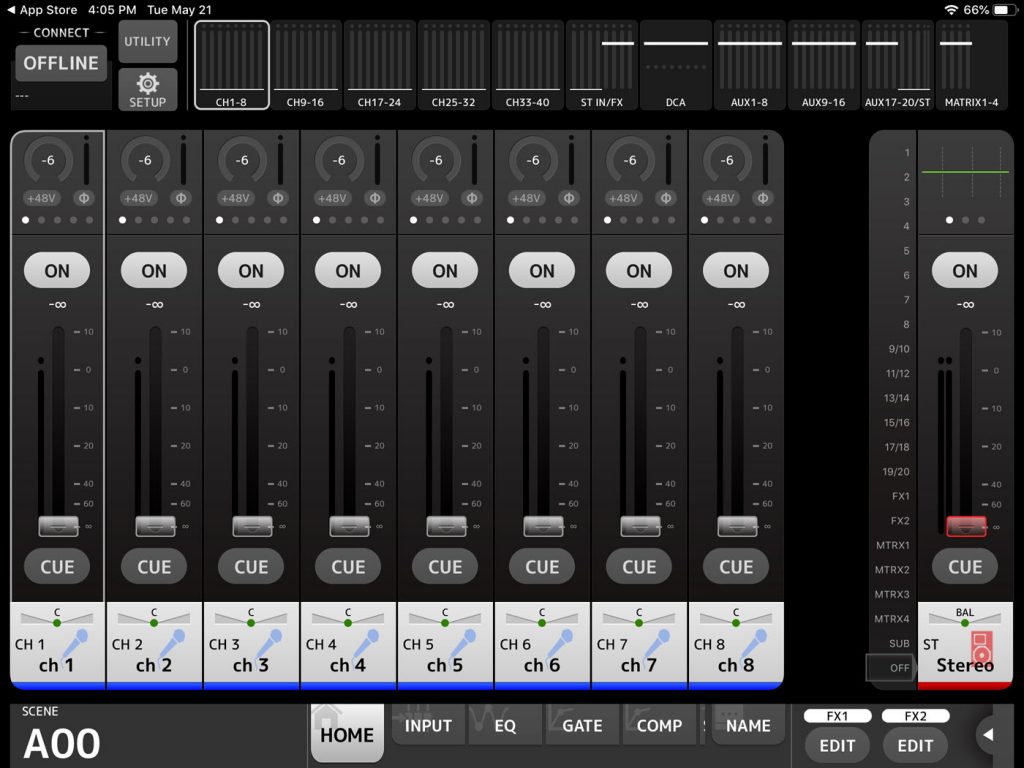
Once you have the network configured, you’ll be able to control your mixer from your smart device. An iPad running StageMix gives you access to most every parameter of a Yamaha TF Rack or TF Series mixer, including EQ, aux sends, dynamics, effects and libraries:
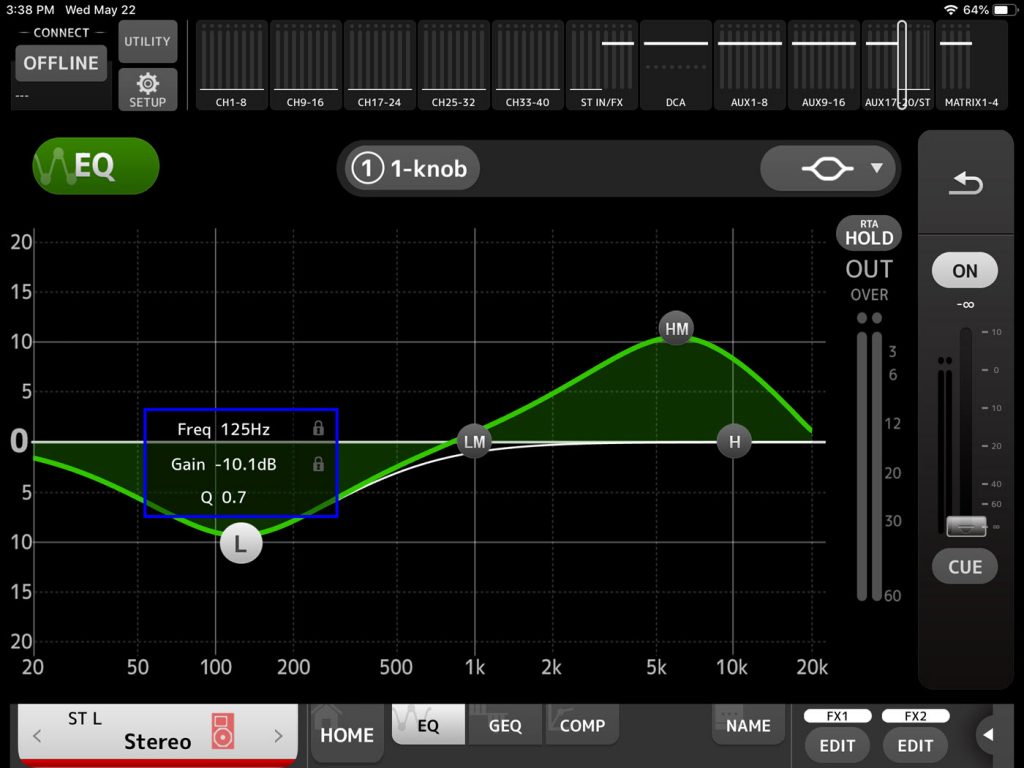
This will make your life easier in many ways. First, you’ll no longer need to worry about where to set up the mixing console. Wherever it’s located — even if it’s onstage — you’ll be able to walk around the room while actively mixing. This is really valuable because, due to the nature of acoustics, the sound at the mix position can often be very different than it is in other parts of the room. By using remote control, you’ll be able to hear what other people are hearing from their various locations around the room, which will give you the ability to optimize your mix for the majority of listeners.
Plus, in many cases (for example, when using TF StageMix to remotely run a Yamaha TF Rack), you’ll see screens on your remote device that are similar to those when running the mixer from its front panel, so there’s little or no learning curve involved.
Control Your Monitor Mixes Too
It’s not just FOH mixes that can be controlled remotely. Adjustments to the monitor mixes can also be made while you stand onstage in front of a monitor — even during a show — instead of trying to mix monitors from a position in the house or off to the side of the stage. You can give separate control of these mixes to performers for adjustments too!
For example, mobile mixing apps such as Yamaha MonitorMix allows individual wireless Aux mixing of CL/QL/TF Series mixers from up to ten iPhone, iPad, iPod Touch or Android devices simultaneously.
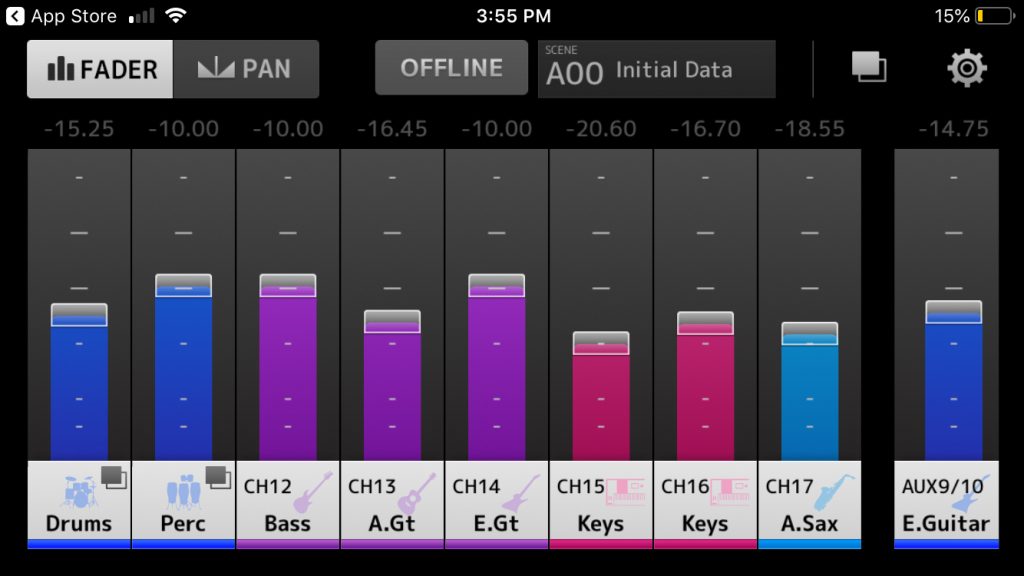
As described in our Tools of the Trade blog post about aux sends and returns, you can use a separate aux send for each musician’s monitor mix to give them control over their individual level. With apps like MonitorMix, they can control that send wirelessly from their smartphone.
Some remote control apps provide a very simple interface whereby there are faders for a stereo mix of the band plus just one or two specific vocal or instrument channels that can be used if a performer wants “more me.” More advanced apps like MonitorMix allow control over every channel of the monitor mix. As you’d expect, changes made in one musician’s monitor mix does not affect the others, nor does it affect the Front of House mix. MonitorMix can also simplify the mix process by creating personal groups of instruments such as drums or backing vocals, and providing remote control over the group with a single fader. You can even create individual device passwords so that musicians don’t have access to each other’s monitor mixes — something that could otherwise result in a lot of shenanigans (not to mention confusion!) on stage.
Using mobile devices to control your digital mixer can help your shows run a lot smoother. Remote control rules!
Check out our other Tools of the Trade postings.










